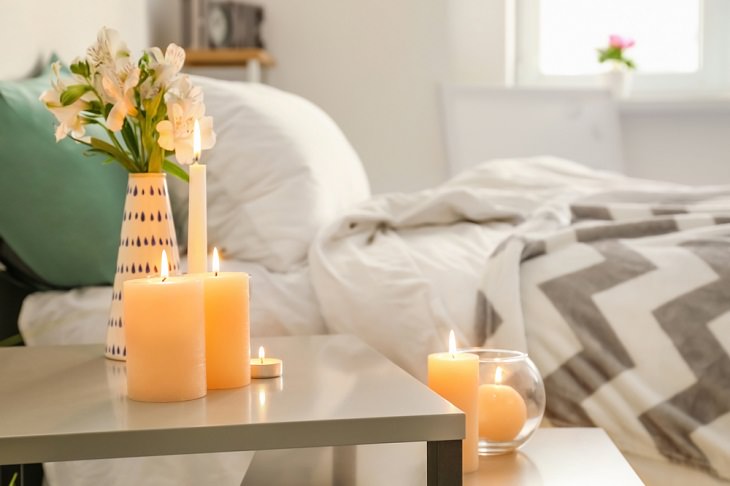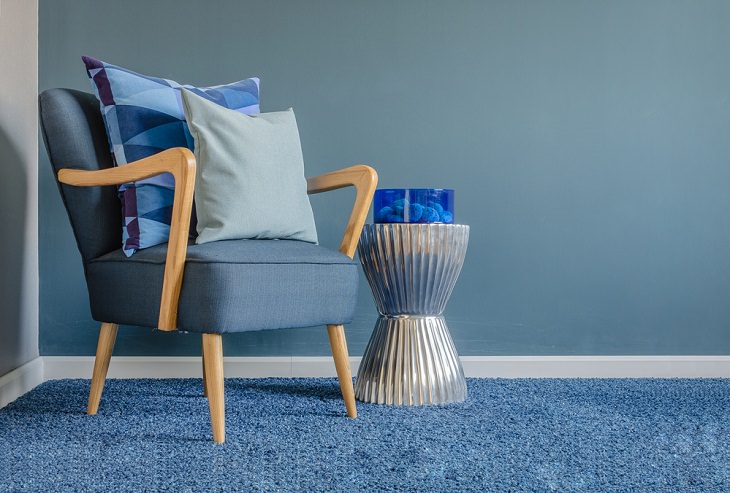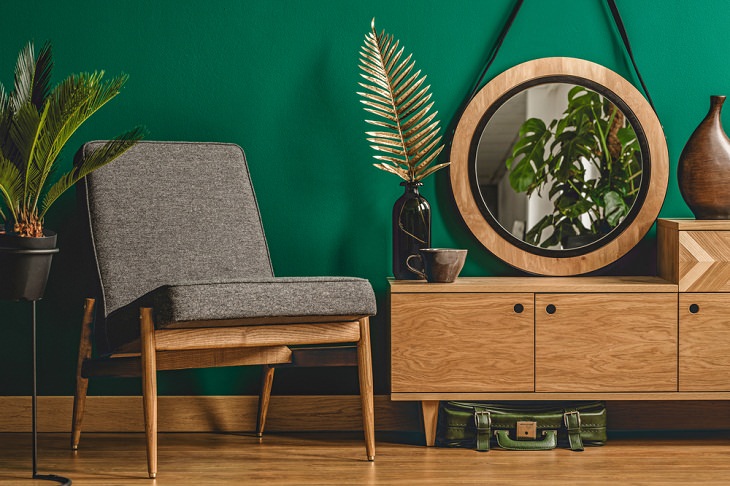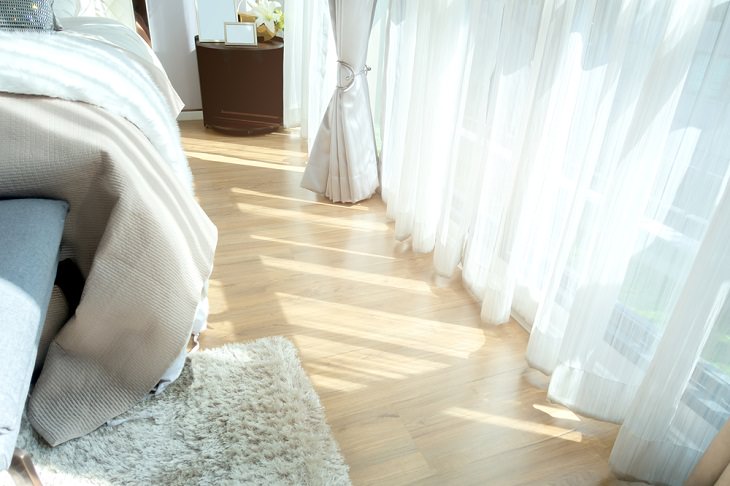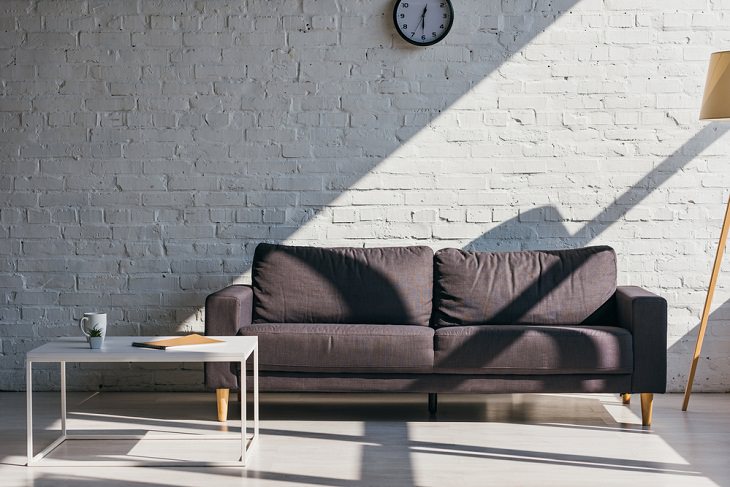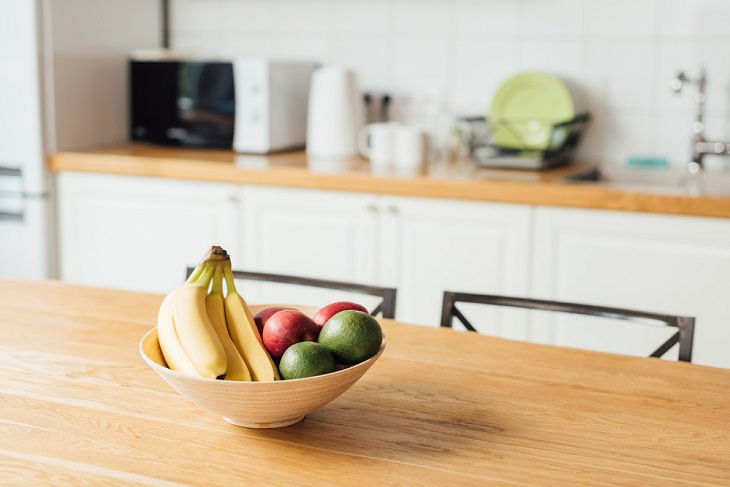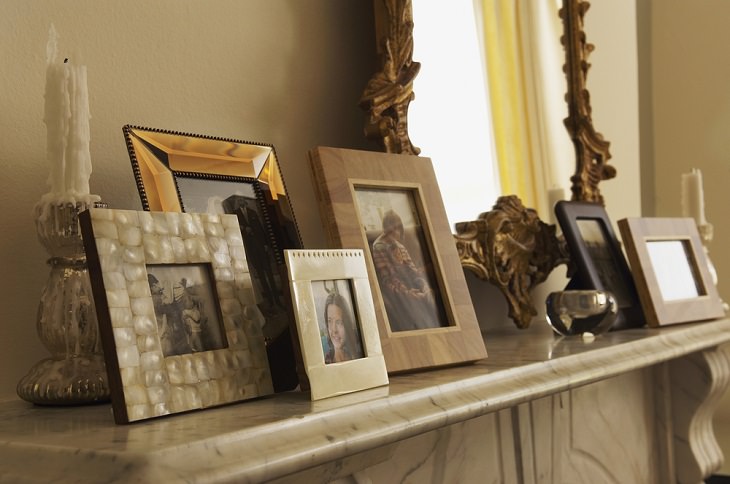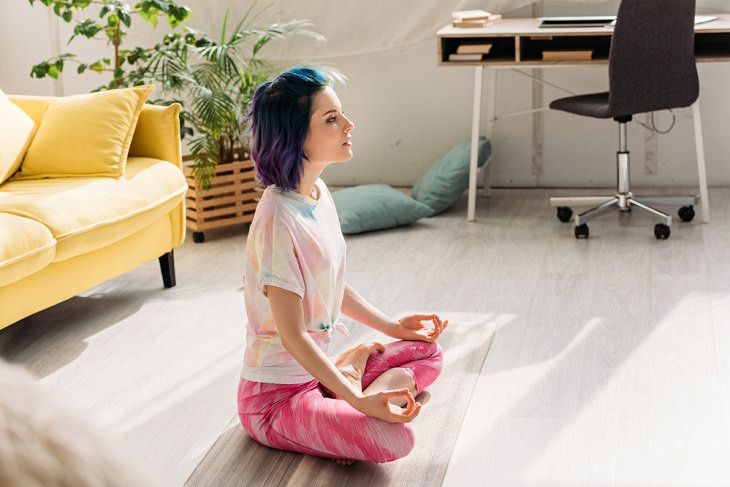A fresh coat of paint in a calming color can do wonders for changing the mood of a room or house. Using a soothing, neutral color palette in your living space, in fact, will be a great way to bring balance and peace to your home. Green and light blue are generally regarded as the most relaxing colors, probably because of their close links to nature. Try and avoid bright colors like red or yellow as overly vivid or highly contrasting hues tend to over-stimulate the mind and body. On the other hand, muted, neutral tones are easier on the eye.
You can even choose to decorate your home with white or light-toned neutrals such as cream, off-white, or taupe. Adding a few shades of faded yellow, pale tan, or gold will create more warmth.
3. Bring nature inside
Most of us feel relaxed when we’re surrounded by nature. This is why nature is the ideal decor inspiration for the serene mind.
You can start by adding plants to your home to make it livelier. Not only are they a great decorating tool, but they will also leave your home fresh and purified. Most importantly, though, the vibrant colors of the plants and flowers are sure to lift your mood while giving your home a warm and cozy feel.
Don’t just place the plants on the windowsills either - you can pop them in every room if you want - from the bedroom to the bathroom. If you don’t have any experience in gardening, you can opt for some low-maintenance indoor plants that will help transform your home into a tranquil haven.
4. Choose soft fabrics
Choose a range of soft fabrics to give your decor a relaxing look and feel. Cozy textiles, such as cable knits, velvet, and suede work well in this regard. Loose-fitting slipcovers, light drapes, and soft pillows will certainly bring some calm to any room. The best thing about these additions is that they are relatively inexpensive and you won’t have to worry much about your budget.
You can also make a dedicated effort to keep switching the rugs, throw pillows, and blankets in your home as they tend to become frayed over time. Try and choose a variety of shapes and sizes for your pillows and move them around regularly to give your home a more diverse look.
5. Make use of natural light
If you feel that your bedroom or living room is a little drab, try adding natural light, it's is a great way to change their mood. Open the blinds and enjoy the sunlight that floods in. Many studies have shown that natural light improves our mood, escalates endorphin levels, and creates a soothing environment. Opening the windows is an easy and free way to uplift the mood of your house. You can even hang a mirror on a wall opposite a window to reflect the rays around the room will get more light in.
For evenings, use bulbs that cast a gentle, warm light. They won’t be the same as natural light, of course, but they still provide a warm and cozy atmosphere in the home.
6. Display fresh produce in the kitchen instead of gadgets
Most kitchens are often cluttered with cutlery or a range of gadgets that make it look stuffy and uncomfortable. For a more inviting feel to your kitchen, clear the clutter and place a platter of fresh fruits or vegetables on the table. This will also add more freshness to your kitchen and make it look visually organized. Having items like a toaster or coffeemaker out on the island or counter in the kitchen gives it an uninviting look.
7. Display family photos
This may sound obvious or clichéd, but you would be surprised at how effective it can be. Take some of your best family photos, get them framed, and hang them in different parts of the house where you frequently spend your time. The point is that surrounding yourself with happy memories and the faces you love helps create a peaceful environment and adds a little warmth to your home. Seeing the images of loved ones in your daily line of sight will raise your spirits when you are down and make you feel happy and comfortable on a subconscious level, too.
If you don’t want to clutter your walls with too many photos, you can even store some of them in easily accessible albums or boxes.
8. Create a comfort zone
Keep a designated space in your home just for your relaxation. You don’t need to set aside a room; just select a cozy spot that you generally love. You can customize it with the kind of relaxing activity you enjoy – reading, music, or even meditation.
Place a comfortable chair in that spot and ensure that it gets ample light. Make sure, however, that you don’t clutter the space with too many things that can eventually distract you. This comfort zone should ideally be light and contain things that you will need. You can also add some smooth river stones in a tiny basket. They will work well as decoration and can also double as meditation accessories.
9. Declutter and tidy up
While you can make various additions to your house to make it more relaxing, they won’t really make much of a difference if your place is always messy. The truth is that we don’t even realize how badly visual clutter affects us on a subconscious level. Your mind won’t be fully at ease if you have clothes strewn across your living room or a pile of unwashed dishes in the sink. A cluttered home gives off negative vibes and hence you must make it a point to tidy it up every day.
So, hang up the laundry, do the dishes, dust the blinds, and declutter your nightstands and dressers. Make it a habit to tidy up rooms at the end of the day so that your home looks like a clean, fresh, uncluttered sanctuary. Eventually, these little actions will make your house a little more pleasant place to stay in.
If you found this post useful, please share it with others...

